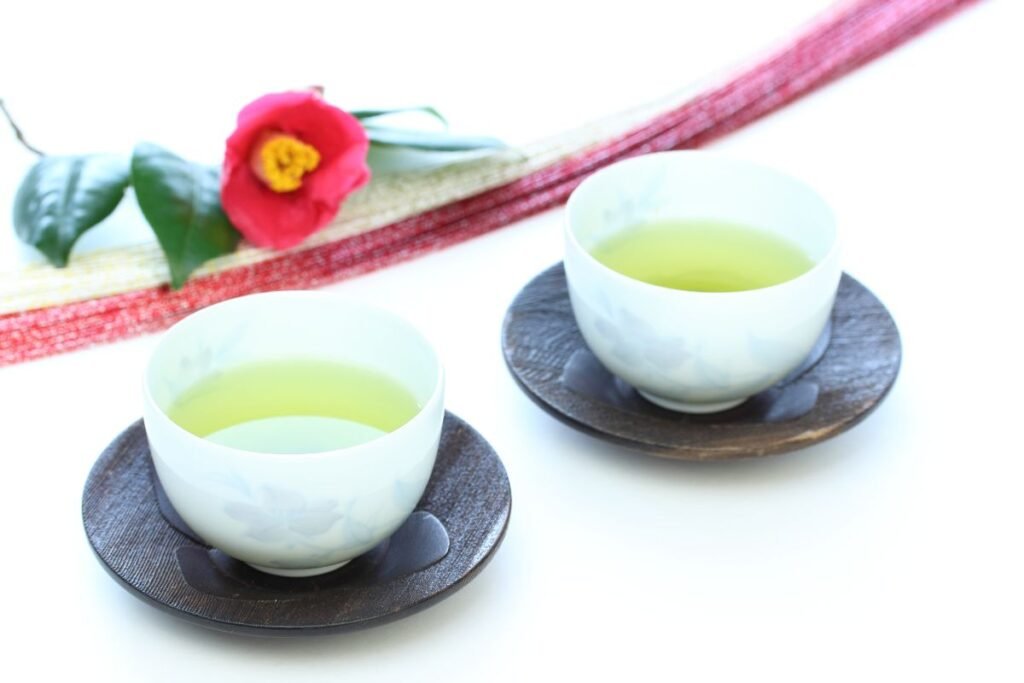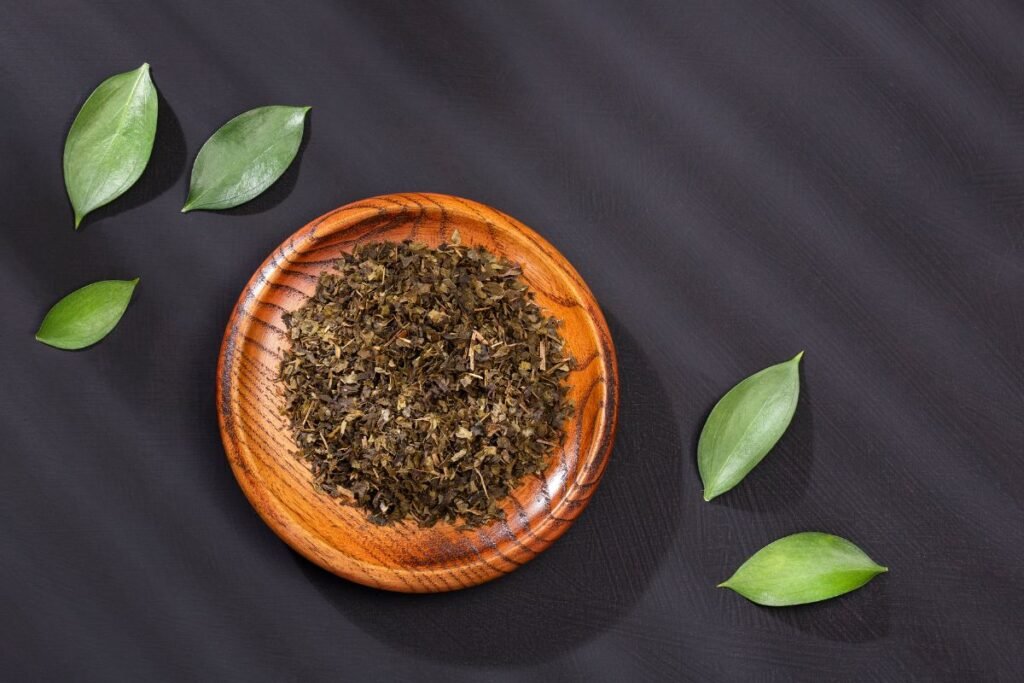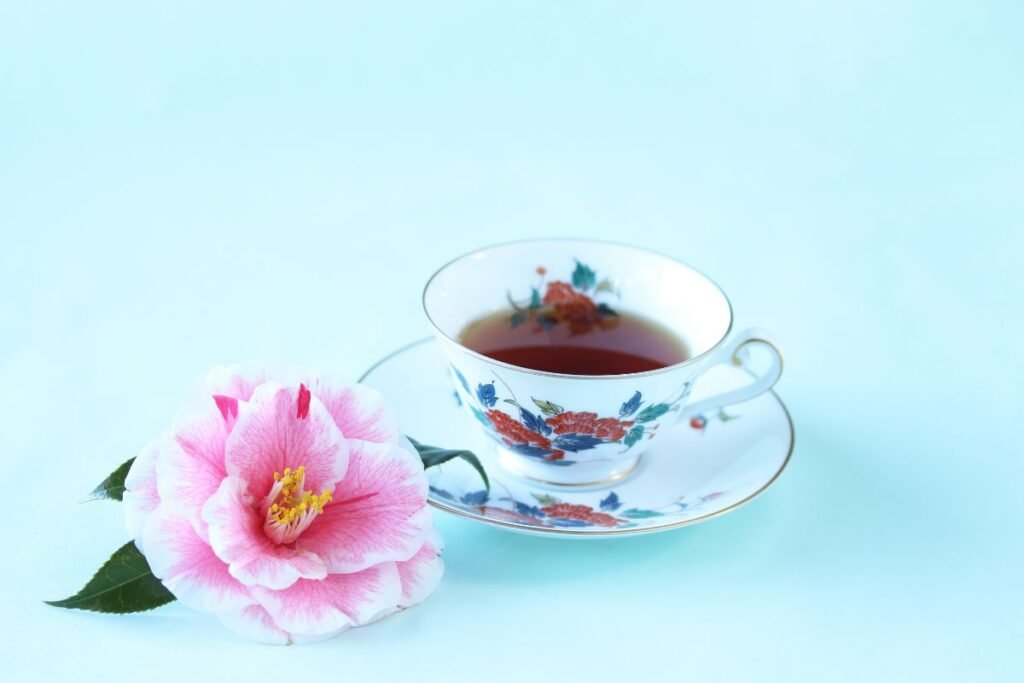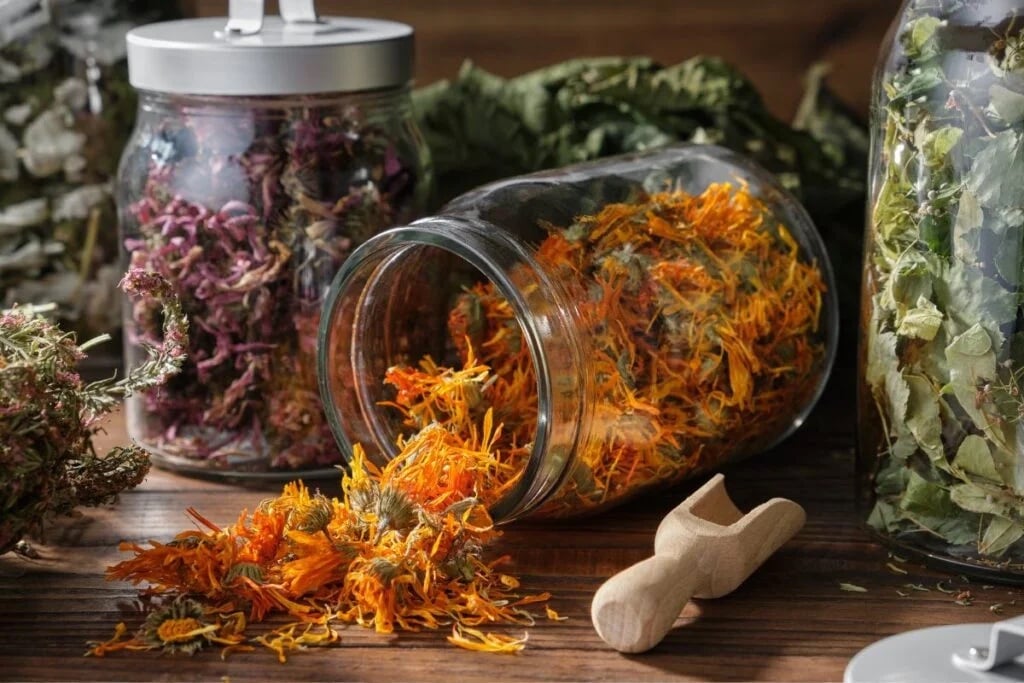For those who grow the delicate camellia plant indoors, camellia tea might sound a bit surprising. However, it’s true—you can use leaves from most camellia species to make tea. People even use the well-loved common or Japanese camellia (Camellia japonica), often grown as a houseplant. Meanwhile, tea made from the Chinese tea plant (Camellia sinensis) is considered the true tea. So, let’s familiarize ourselves with camellia tea benefits and its preparation.
Camellia Tea vs. True Tea
Most Camellia species are suitable for tea-making, but only beverages prepared from the Chinese tea plant are classified as true tea. Theoretically, any tea made from other plants should be referred to as an herbal tea, infusion, or decoction. Whil aromatic green, black, and white teas are made specifically using Camellia sinensis leaves.
The Chinese tea plant has been known and used in traditional Chinese medicine for centuries. It is considered one of the 50 fundamental medicinal herbs. Modern research also confirms its health benefits, from protecting against tooth decay to fighting cancer cells.
However, if you are growing a Japanese camellia indoors, you can confidently try making green, black, or white tea from its leaves as well. The taste differs slightly, but it contains more caffeine, making it stronger and more energizing. We’ll also share how to prepare camellia tea from your homegrown plant.

Camellia Tea: White, Green, or Black?
It doesn’t matter whether you’re growing a Japanese camellia or a Chinese tea plant at home—you can prepare a delightful and aromatic tea from either. Best of all, it doesn’t take much time or effort!
Of course, there are several methods for processing tea leaves. However, the basic rule is simple: make white tea from the youngest shoots, green tea from slightly older ones, and black tea from even more mature shoots.
If you prefer drinking white tea, follow this rule: the more frequently you harvest your camellia’s young shoots, the more new ones it will produce.
Interestingly, Japanese camellia tea shares nearly the same properties as tea from Camellia sinensis. It contains caffeine, catechins, antioxidants, polyphenols, enzymes, and other compounds offering significant Camellia tea benefits.
Camellia Tea Benefits
Camellia tea benefits include and provides nearly the same properties as true tea:
- Supports heart and vascular health—Camellia tea can help prevent cardiovascular diseases due to its strong antioxidant properties.
- Fights free radicals—The flavonoids in tea combat free radicals, which can damage cells and lead to cancer. Not only does tea protect cells, but it also reduces inflammation within them.
- Strengthens the immune system—Drinking camellia tea can help enhance your organism’s natural defenses.
- Promotes oral health—The flavonoids and fluoride help maintain healthy teeth and gums while also preventing cavities.
- Rich in catechins—Camellia tea contains a high amount of catechins, powerful antioxidants that help prevent osteoporosis and reduce the risk of type 2 diabetes.
- Helps manage stress—The polyphenols help regulate the stress hormone cortisol and lower its levels in the body.

Which Tea Is Healthier: Green, White, or Black?
This is one of the most common questions among tea lovers. There is no definitive answer since all these teas come from the same plant leaves. Theoretically, they all retain similar beneficial properties.
However, some studies suggest that the tea processing method can impact the preservation of antioxidants. According to research, green tea retains more antioxidants than other tea types. However, this remains a hypothesis based on limited studies rather than a conclusive fact. So, enjoy the tea you like the most.
Interestingly, while most camellia tea benefits are in catechins, our bodies can’t absorb up to 80% of them. Therefore, experts recommend adding freshly squeezed lemon juice to any Camellia tea to enhance catechin absorption. The ideal ratio is 50:50. Research indicates that lemon juice aids the most in catechin absorption, followed by orange, lime, and grapefruit juice.
How to Make Camellia Tea?
To prepare camellia and true tea (Camellia sinensis), use young shoots with 2–3 leaves. As mentioned earlier, the younger the shoots, the lighter the tea. However, black tea requires a slightly different process, involving a longer fermentation period.
Here’s a step-by-step guide for preparing white and green camellia tea:
- First, decide which type of tea you want to make and harvest younger or older shoots accordingly.
- Rinse the shoots thoroughly under running water using a strainer.
- If using especially young shoots, remove their fine white coating. Then, lightly bruise, rub, or press the leaves with your hands to release some juices.
- Spread the leaves on a cloth or paper in a well-ventilated area, away from direct sunlight. A shaded windowsill is perfect during the summer.
- In warm weather, the leaves dry in about three hours. Once dry, they are ready to be brewed or stored in an airtight container for later use.
To make material for black tea, dry leaves in a place with direct sunlight. The following process remains the same as preparing leaves for white or green tea. Additionally, you can ferment black tea not only using dry heat but also with moisture:
- After bruising the leaves, roll them into small balls and place them in glass jars, pressing them down to remove air pockets.
- Leave the jars in a warm place for 3–6 hours. Then, spread the leaves to dry in a shaded, well-ventilated area.
- Once dry, they are ready for brewing and experiencing the camellia tea benefits.

Is Camellia Leaf Tea Suitable for Everyone?
Just like authentic tea, Camellia tea is not suitable for everyone. It contains a high caffeine amount—possibly even more than beverages made from Camellia sinensis. Therefore, experts do not recommend camellia tea for the following:
- Pregnant and breastfeeding women should consume it cautiously and in moderation.
- Individuals with high blood pressure, insomnia, or excessive nervousness, as caffeine can worsen these conditions.
- People with anemia, because the tannins in tea can reduce iron absorption.
- Children, as black, white, and green tea have caffeine.
- Consumption before bedtime, as camellia tea, has a stimulating effect and may cause difficulty falling asleep.
It is best not to drink more than 3–4 cups of Camellia tea daily. Excessive consumption may lead to toxicity, increased stomach acidity, or even liver damage.

Camellia Leaves as Cuisine!
If you were surprised to learn that people use camellia leaves to make tea, here’s another unexpected fact—young and fresh camellia leaves are also valuable as an edible vegetable!
You can use them in salads or stews, adding a slightly bitter, peppery, and mildly spicy flavor, similar to watercress or chicory. Camellia leaves are commonly used as a vegetable in traditional cuisine in Southeast Asia and Japan.
Sources:
- https://frondswithbenefits.co.uk/2020/04/23/camellia/
- https://www.ncbi.nlm.nih.gov/pmc/articles/PMC10417519/
- https://www.sciencedirect.com/science/article/abs/pii/S1550830706004186
- https://www.arborteas.com/health-benefits-camellia-sinensis/
Associative photos © Canva.

